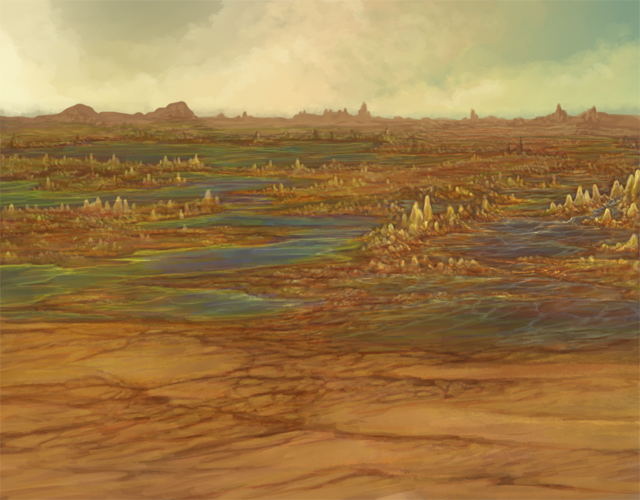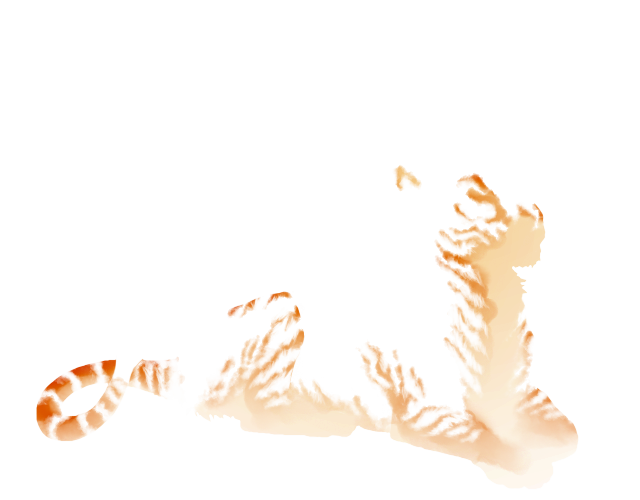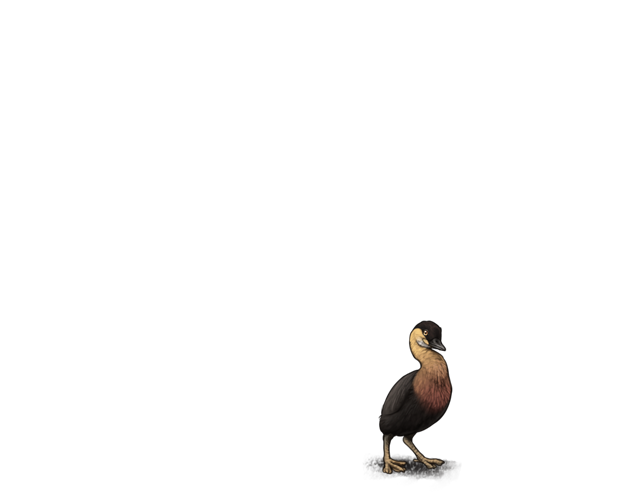Cyllene |Ebony |Rare
"🌽"
 |
 |
This lioness gave birth in the past two years. She is on a breeding cool down and will be breedable again in 12 real life days.
Your lioness has been flirted with 3 times! 3 have failed.
| Lion Stats | |||
| Experience |
0 / 100 (0%)
|
||
| Level | 1 | ||
| Strength | 63 | Speed | 56 |
| Stamina | 48 | Smarts | 53 |
| Agility | 55 | Skill | 1 |
| Born With: | Unknown | Total Stats: | 276 |
| Lion Currents | |
|---|---|
| Age | 5 years, 4 months old |
| Hunger |
52%
|
| Mood |
100%
|
| Sex | Female |
| Pose | Default |
| Personality | |
| Adult Stage |
|
Newborn Stage 100% Young Cub Stage 100% Cub Stage 100% Adolescent Stage 100% Adult Stage 25.641025641026% Elder Stage 0% |
| Breeding Info | ||||
|---|---|---|---|---|
| Father | Gemini Dreams | Mother | Alsephina |Pewter |Common | View Full Heritage |
| Last Bred | 11 days ago | Fertility | High (91%) | View All Cubs Bred (1) |
| Appearance | Markings | |
|---|---|---|
| Base | Ebony (Clouded Skin) |
Slot 1: Feline 7 Silver (6%) Tier 2 Slot 4: Celestial Shine (52%) Tier 3 Slot 5: Feline 1 Noctis (38%) Tier 2 Slot 6: Fiery Thrashed Unders (96%) Tier 3 Slot 8: White Underfelt (48%) Tier 2 This lion has 1 marking hidden on the following slot: 12 |
| Genetics | Black Dark Solid Rare | |
| Eyes | Sapphire | |
| Mane Type | Normal | |
| Mane Color | Elysian | |
| Mutation | None | |
| Marking Slots | ||
| Lifetime Hunting Results | |||||
|---|---|---|---|---|---|
| Total Hunts | 0 | Successful Hunts | 0 | Success Rate | 0% |
Memory Used: 727.25 KB - Queries: 26 - Query Time: 0.00855 - Total Time: 0.01432s













